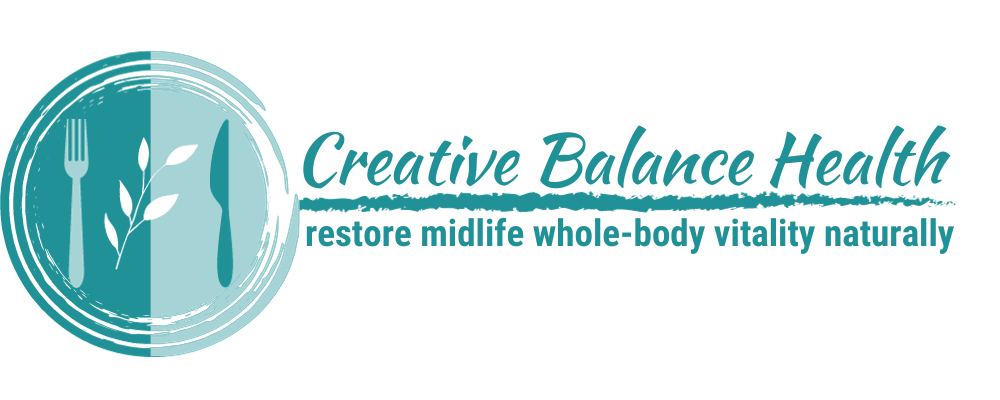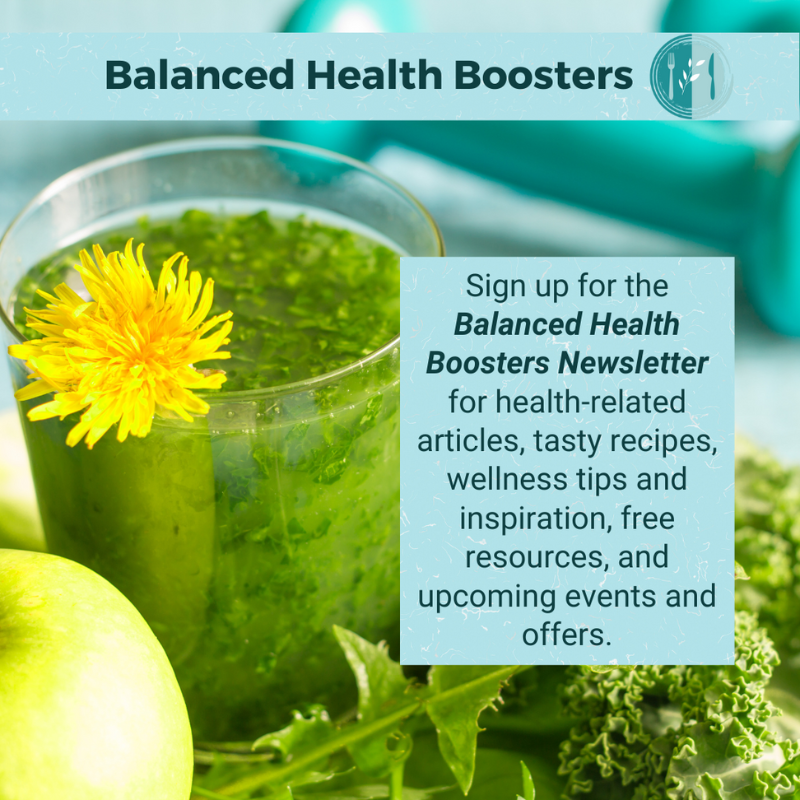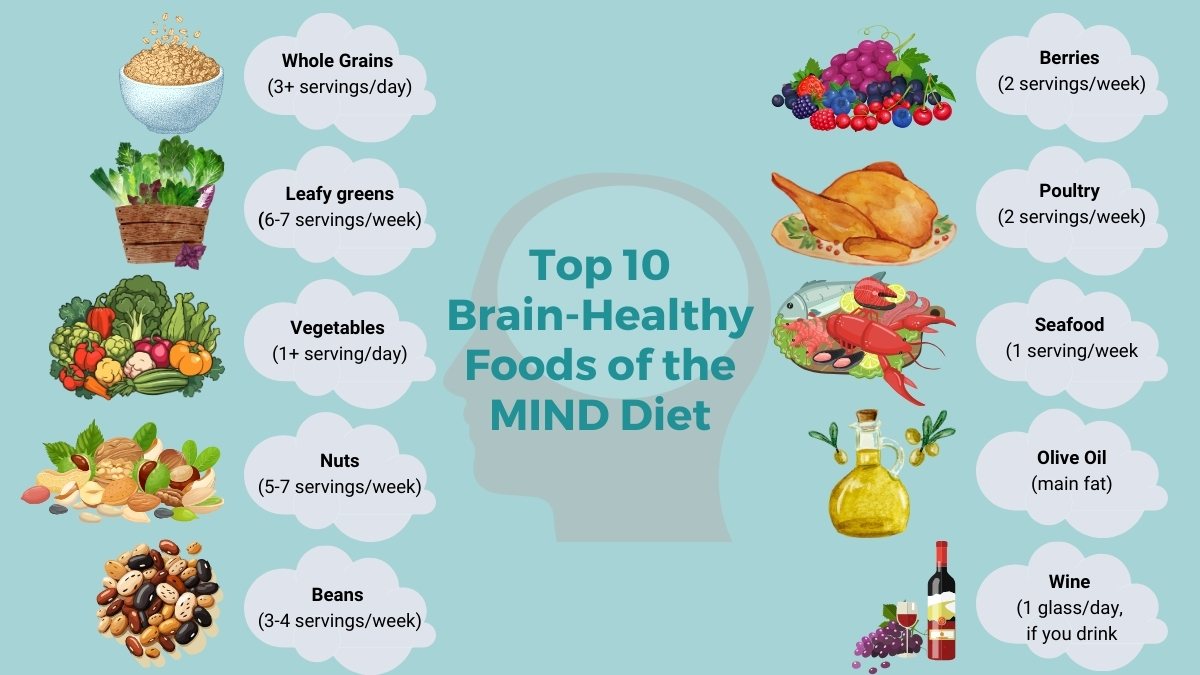Tips on how to stay vibrant by reducing “inflammaging” (inflammation + aging) starting today
Embracing a Vibrant Future After 50
As we continue our exploration of “Inflammaging” (inflammation + aging) from the previous blog, Stop “Inflammaging” in Its Tracks for Healthier Aging, we now turn our focus to actionable strategies.
If you’re noticing subtle changes in your energy levels, muscle strength, and overall vitality as you enter your 50s and beyond, understand that these are not just inevitable parts of aging – they could be signs of inflammaging, a manageable condition. I know for myself, this was definitely the case when I hit 60!
In this blog, we delve into three practical ways to reduce and reverse inflammaging. Whether you’re aiming to enhance your physical strength, boost your mental sharpness, or simply maintain your vitality, these strategies can help you lead a healthier, more vibrant life. Let’s explore how you can actively take charge of your well-being, starting today.
Here are my top recommendations.
Getting Better Sleep
Getting an adequate amount of quality sleep becomes even more crucial as we age. For those over 50, achieving 7-9 hours of restful sleep isn’t just about feeling refreshed – it plays a vital role in combating inflammaging. To tailor your sleep routine, consider factors unique to your lifestyle, such as managing work-related stress or balancing family commitments. Simple adjustments like creating a relaxing bedtime ritual or ensuring your bedroom environment promotes sleep can make a significant difference.

Adults of all ages need 7-9 hours of sleep each night.[16] (Yes, all ages!) If you’re struggling to get enough quality sleep, here are a few tips to try:
- Follow a regular sleep schedule by going to bed and waking up at the same time.
- If you enjoy caffeine (like coffee or black/green tea), limit it later in the day as its stimulant effects can last for several hours. Ideally, caffeine can be cut out about 6 hours before you plan to go to sleep, so if you want to go to sleep at 10:00 p.m., try to drink your last cup by 4:00 p.m. and then switch to caffeine-free drinks.
- Regular exercise during the day can help you sleep better at night. (Try to finish exercising at least 3 hours before you go to bed.)
- If you wake up in the middle of the night with heartburn or have to use the bathroom, limit your food and liquid intake before bed.
- Limit your screen time before bed as the light can stimulate your brain.
- Create a relaxing evening routine to help you wind down for the night.[16]
Exercise is Anti-Inflammatory
Research shows that exercise has significant anti-inflammatory effects. Physical activity, especially for those over 50, is a powerful tool against inflammaging. But it doesn’t mean you need to engage in high-intensity workouts. Tailored, low-impact exercises like brisk walking, swimming, or yoga can offer substantial benefits without overstraining your body. Incorporating moderate, enjoyable activities into your daily routine can be both a sustainable and effective way to maintain health and vitality.
 A recent review of 23 studies published in the journal Experimental Gerontology concluded that exercise was linked to lower levels of inflammation.[17] Another study in the Journal of Applied Physiology looked at how well exercise can delay the onset of inflammaging.[8] The researchers found that older men who maintained an aerobic exercise regimen had lower levels of inflammation and better chances of delaying, or even preventing, inflammaging altogether.
A recent review of 23 studies published in the journal Experimental Gerontology concluded that exercise was linked to lower levels of inflammation.[17] Another study in the Journal of Applied Physiology looked at how well exercise can delay the onset of inflammaging.[8] The researchers found that older men who maintained an aerobic exercise regimen had lower levels of inflammation and better chances of delaying, or even preventing, inflammaging altogether.
Beyond being ”just” anti-inflammatory, physical activity has many additional health benefits. For example, it helps to reduce risk of high blood pressure (linked to heart disease and stroke), diabetes, and depression.[18] Exercise also helps to reduce falls and maintain independence, and studies suggest it may help benefit the brain by delaying or slowing the onset of cognitive decline and dementia as we age.[18]
Exercise Strategies You Can Start Today
There are four kinds of exercise recommended for adults to improve physical function and prevent (and even treat) frailty: [19]
- Resistance (strength) training
- Aerobic (endurance) activity
- Balance
- Flexibility.
If you’re new to exercise (or getting back into the habit), start from where you are now (making sure you’re cleared by your doctor) and go for small improvements over time.
There are a few things to keep in mind when starting or increasing your physical activity. First, listen to your body. Be sure to slow down or stop if you experience pain, dizziness, or other concerns.[20] Also, be sure to drink fluids before you start feeling thirsty, and follow instructions for proper form when learning new moves or using equipment.[20]
1 – Resistance (strength) training
Resistance, or strength, training can improve your muscle strength, walking speed, and physical performance.[9,19] Resistance exercises are particularly effective to slow down the process of sarcopenia by keeping your muscles strong.[6]
“Though all types of physical activity offer benefits, resistance training is presently the most effective intervention to elicit improvements in muscle mass, strength, and function in older adults.” ~ Strasser et al. 2021[7]
Resistance exercises are those where you are pushing or pulling, often against gravity. These are commonly shown as lifting weights or stretching a resistance band, but can also be done without any equipment—for example, doing push ups, sit ups, lunges, or squats that use nothing but your own body weight to resist gravity.[20]
Here is a link to my favorite equipment: TRX® (Total Resistance Exercise) Suspension Training Straps. The reason I recommend this is because I was introduced to it when I had to do physical therapy after a bad injury left me with severe nerve damage and wiped out all of my muscle strength. Trainers love this system and I credit TRX for helping me to rebuild my lower body. It’s so affordable I bought it for my home and love that I can conveniently take it with me when I travel.
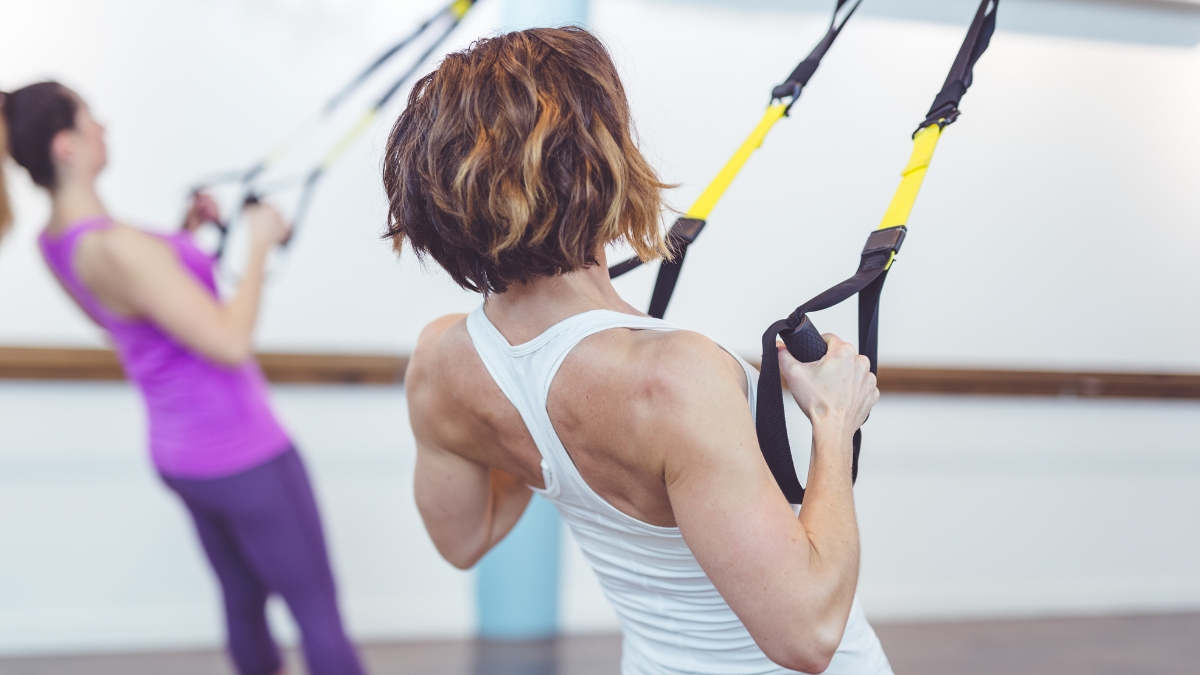
2 – Aerobic (endurance) activity
Aerobic or endurance activities are ones that increase your heart rate and improve the health of your heart and lungs.[20] For that reason they’re also known as “cardio” exercise. Brisk walking, yard work, dancing, swimming, and biking all count as cardio. (It’s not just running!)[20]
One way to get more aerobic activity into your day is to start taking daily walks. Even just 10, 20, or 30 minutes can make a difference. If you don’t go for regular walks and there is no physical reason why you cannot, then go ahead and start enjoying them. If you already walk, you can increase them by 10 or more minutes, or try going farther or finishing your regular route at a faster pace.
If you’re up to it, try increasing the pace even more by jogging or running. You can also use these daily walks, jogs, or runs as opportunities to get some fresh air. If you want some alone time to clear your head (and feel safe), walk alone. Otherwise, like many of my clients start to do, invite a loved one or friend to join you and enjoy their company while deepening your relationship.
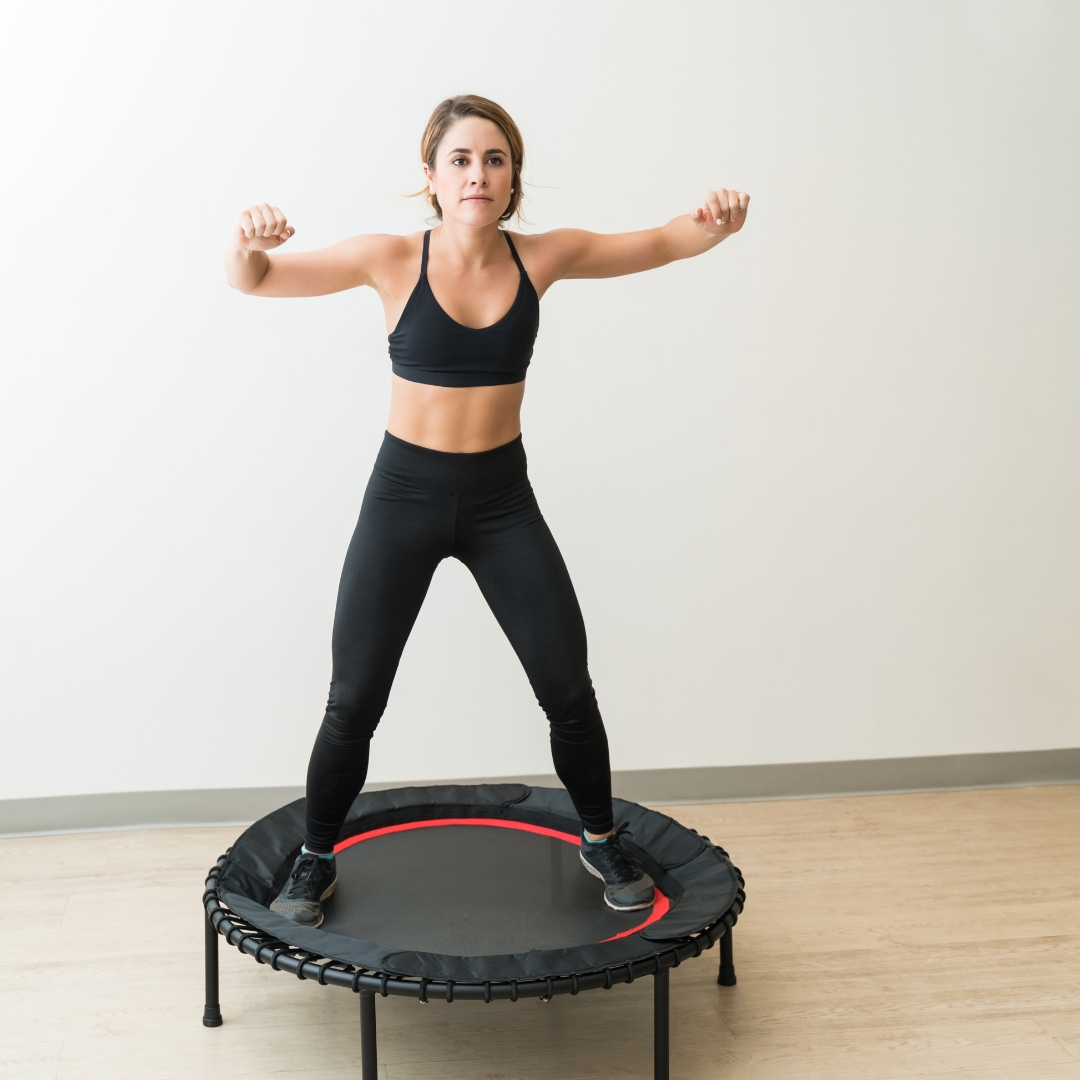
I recently acquired a second-hand rebounder (mini-trampoline) for both aerobic exercise and lymphatic drainage support. I absolutely adore the variety of free rebounding classes on YouTube Earth & Owl offers that keeps it fun and inspired.
There are so many options when it comes to aerobic exercise, that there’s bound to be one that’s just right for you. For example you could join a fitness center or group program in your community. There may be opportunities right in your neighborhood to join a class or sports team. Or maybe you can enjoy recreational swim time at your local pool.
3 – Balance exercise
Improving your balance helps prevent falls. As you now know, falls can become more serious with inflammaging because they can lead to hospitalization, institutionalization, and loss of independence.
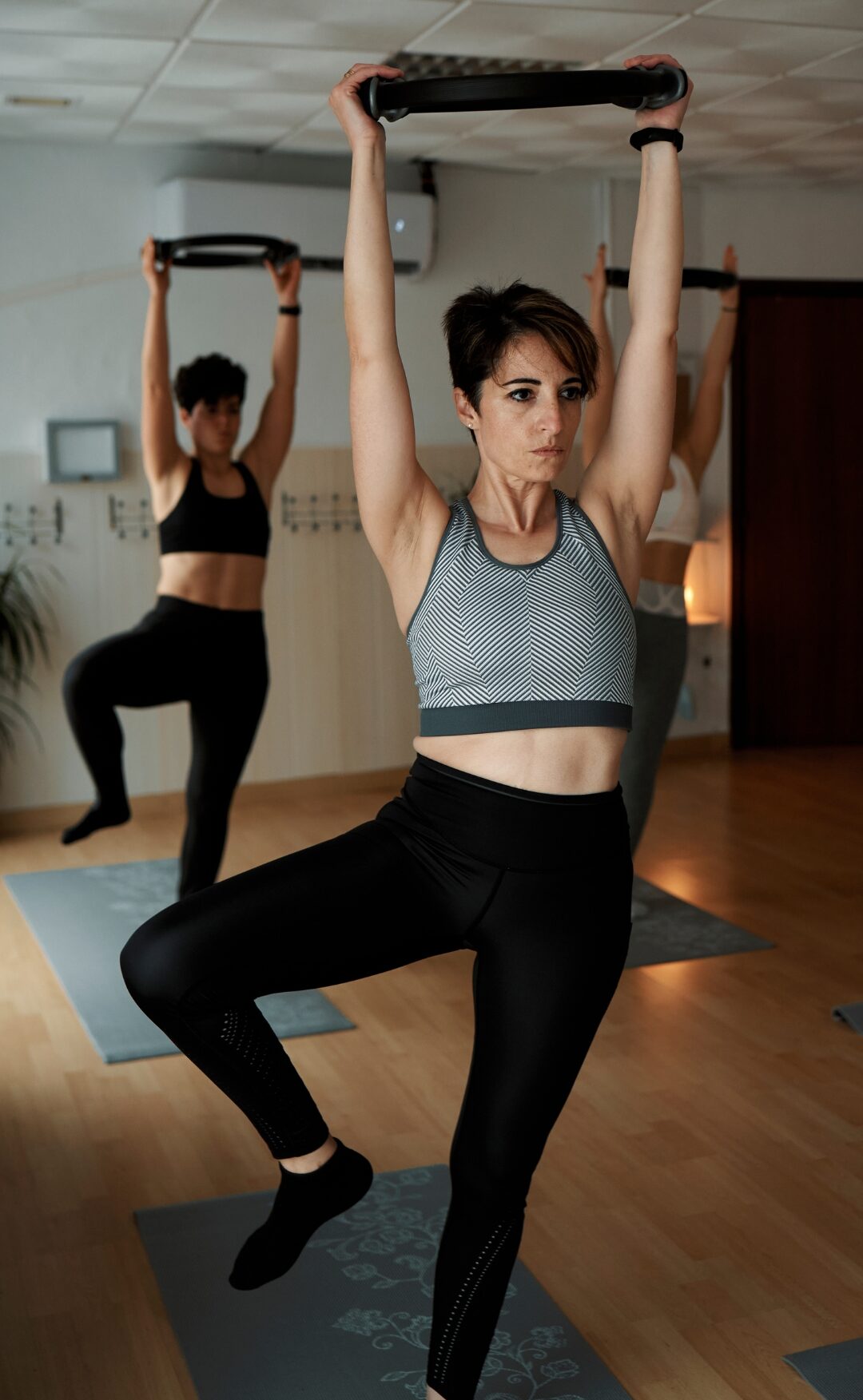
Examples of balance exercises include balancing on one foot or Tai Chi.[20] If you need support, be sure to hold on to a steady chair, countertop, table, or other sturdy piece of furniture. I love my “Center & Balance” classes offered at my local Club Pilates® location. Our icy winters make keeping one’s balance very important!
4 – Flexibility exercise
Stretching can help maintain or improve flexibility so doing everyday things like reaching your feet to tie your shoes is easier and without injury. Stretching can even improve performance in other physical activities like your golf swing or tennis serve.[21]
You can add some stretches after your resistance or aerobic workouts, but be sure to stretch muscles after they’ve been warmed up a bit, as experts no longer recommend stretching “cold” muscles.[20,21]
Examples include some yoga moves or stretches. I credit my last 18 months of Pilates for restoring my shoulder flexibility due to rotator cuff issues.
Nutrition Strategies You Can Start Today
Nutrition plays a pivotal role in managing inflammaging after 50. It’s about choosing foods that not only fight inflammation but also cater to changing dietary needs at this stage of life. Incorporating anti-inflammatory foods like berries, leafy greens, and omega-3-rich fish into your diet is essential. Also, considering digestive changes that may occur with age, opting for easily digestible and nutrient-dense foods can help maintain optimal health.
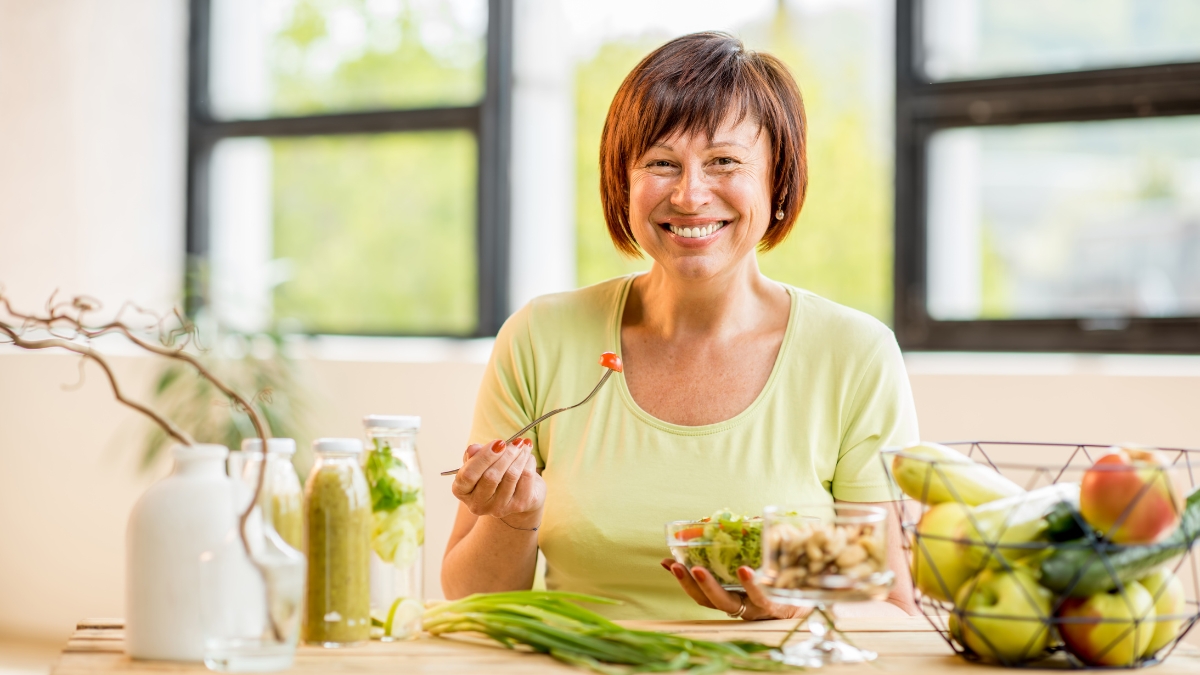
Here are my six top tips.
1 – Eat enough protein
Protein is one of the main macronutrients everyone needs to get enough of every day.[6] Protein does more than just keep your skin, hair, and nails healthy. Sufficient protein is necessary for healthy muscles and bones, and the proper functioning of your immune and digestive systems. Protein is also necessary for effective wound healing, blood clotting, and maintaining the correct balance of fluids in the body.[22]
Regardless of your age, the official daily protein recommendations for adults are 0.8 grams of protein per kilogram you weigh.[23] For a 150-lb (68-kg) adult, that comes to 54 grams of protein per day, and for a 200-lb (90 kg) adult, that’s 72 grams of protein per day.

The U.S.-based Harvard’s Healthy Eating Plate recommends that one-quarter of your plate be protein-based foods.[24,25] Good sources include eggs; lean meats and poultry; nuts and seeds; fish and shellfish; and beans, peas, and lentils if your digestion can process them.
If you are looking for ways to bring more lean protein into your breakfast, try this Paleo Maple Chicken Breakfast Sausage Recipe from Real Plans*.
***One way to find the amount of protein you should eat at each meal for your optimal metabolism is by checking out “What’s the Right Diet for You?” featuring the Healthy Balance Food Log Tool. ***
2 – Enjoy your fruits and vegetables
People who eat lots of fruits and vegetables tend to have lower levels of inflammation because these foods contain fiber, vitamins, minerals, and many health-promoting phytochemicals.[14]
One anti-inflammaging vitamin found in fruits and vegetables is folate (vitamin B9). When levels of folate get too low, your risk for heart disease, stroke, depression, and impaired memory increases. Some of the best sources of folate are spinach, asparagus, and Brussels sprouts.[26]
Try this vegetarian flavor-packed side dish of Roasted Asparagus on a Bed of Sautéd Fennel and Tangy Tomatillos from Real Plans*.
An easy way to get a bit more fruits and veggies is to add some to your current meals. Berries and leafy greens (e.g., spinach, kale, etc.) have been studied for their anti-inflammatory properties.[11] You can try adding berries to your yogurt, cereal, or smoothie, or add some spinach to your sandwich. You can also try adding a side of broccoli (or any vegetable) to your dinners to help you eat more of these anti-inflammatory plants.
Read more for “5 Reasons Local In-Season Produce Benefits Your Health”.
PRO TIP: You don’t have to splurge for fresh produce every time—check out the frozen food section in your grocery store and see what they have.
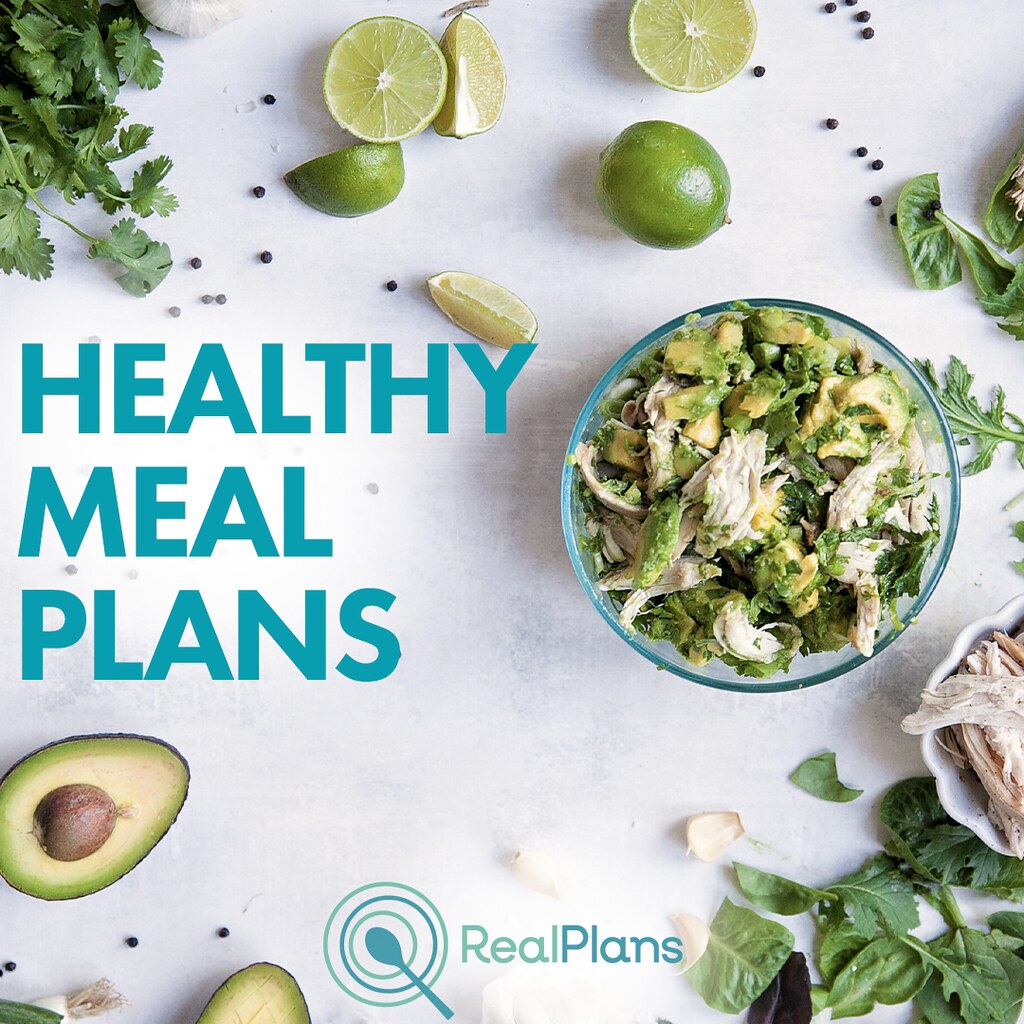 I’m a HUGE fan of Real Plans*, the best on-the-go meal-planning app my busy clients love to customize for their specific diets, health concerns, and tastes. It makes eating good food easy on your time and budget.
I’m a HUGE fan of Real Plans*, the best on-the-go meal-planning app my busy clients love to customize for their specific diets, health concerns, and tastes. It makes eating good food easy on your time and budget.
Autoimmune Protocol (AIP)/Anti-inflammatory, Gluten-free, Paleo, Mediterranean, Vegetarian, Vegan, Keto and more diets plus over 2,000 recipes. It even integrates with Instacart and Amazon Fresh to save you time and hassle.
3 – Snacks can fight inflammation, too
Of course, you can enjoy an apple, banana, or cucumber as a snack, but you can also enjoy non-fruit or vegetable anti-inflammatory snacks, like a small handful of nuts (preferably unsalted and plain). Nuts provide you with fiber, protein, vitamins, minerals, and healthy fats.[14]
Check out some healthy snack options and “10 Strategies to Outsmart Food Cravings”.
4 – Switch to healthier fats
Olive oil is a healthier fat that’s associated with lower blood pressure and cholesterol levels, as well as a lower risk of heart disease.[11,14] Olive oil is high in monounsaturated fat (MUFA), especially oleic acid, and also contains vitamin E and polyphenols that may contribute to its anti-inflammatory and antioxidant properties.[11]
Try substituting olive, avocado, and coconut oil for saturated and animal fats (like margarine, butter, mayonnaise, and dairy fat).[11]
Other sources of healthier fats like omega-3s are flax, chia, walnuts, and seafood.[27] In fact, eating fish may be one of the strongest dietary factors that influence higher cognitive function and may slow cognitive decline.[11] Fish like salmon, tuna, trout, mackerel, or sardines contain healthy omega-3 fats that are anti-inflammatory.[14]
You’ll get both healthy omega-3 fats and green vegetables with this Salmon en Papillote recipe from Real Plans. It only takes 10 minutes of prep and cleanup is a snap!
5 – Have your grains whole
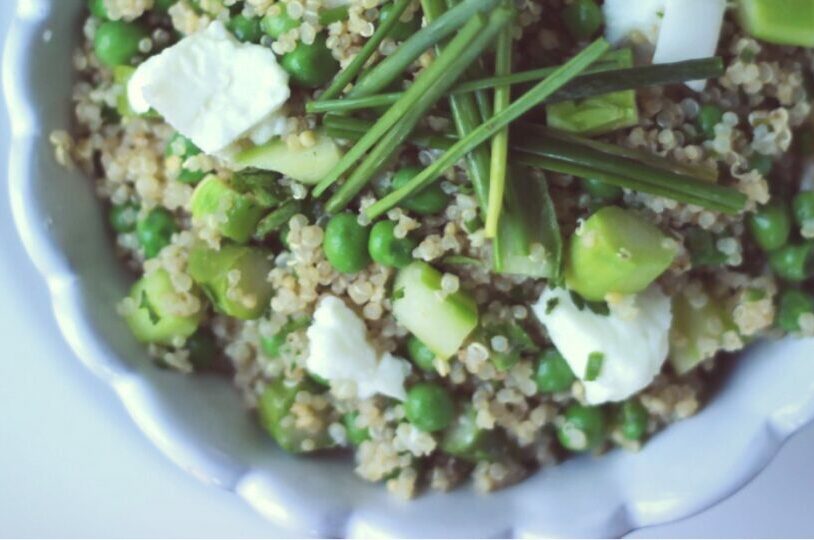
Whole grains are those that haven’t had some of the more nutritious parts removed (like the bran and germ). They’re often a browner color and chewier than processed grains, think of oatmeal or brown rice. What makes whole grains healthier is that they contain more fiber and many of the vitamins that are naturally found in minimally-processed grains. One of the vitamins commonly found in whole grains is the anti-inflammatory vitamin E.
Some whole grains to try include millet, brown or wild rice, teff, buckwheat, or quinoa.
Here’s a tasty protein-packed, veggie-filled Herbed Quinoa Salad recipe from Real Plans I love .
6 – Limit these pro-inflammatory foods
There are several foods associated with higher levels of inflammation in the body. These include red and processed meats, refined carbohydrates (i.e., processed grains such as white flour), and sugar-sweetened beverages.[10,14] Regularly consuming these increases inflammation and inflammation-related diseases such as heart disease. Try to limit these.
Summary of Anti-Inflammaging Strategies
Inflammaging (inflammation + aging) is linked with sarcopenia, heart disease, diabetes, and dementia, but it’s a risk you can mitigate.
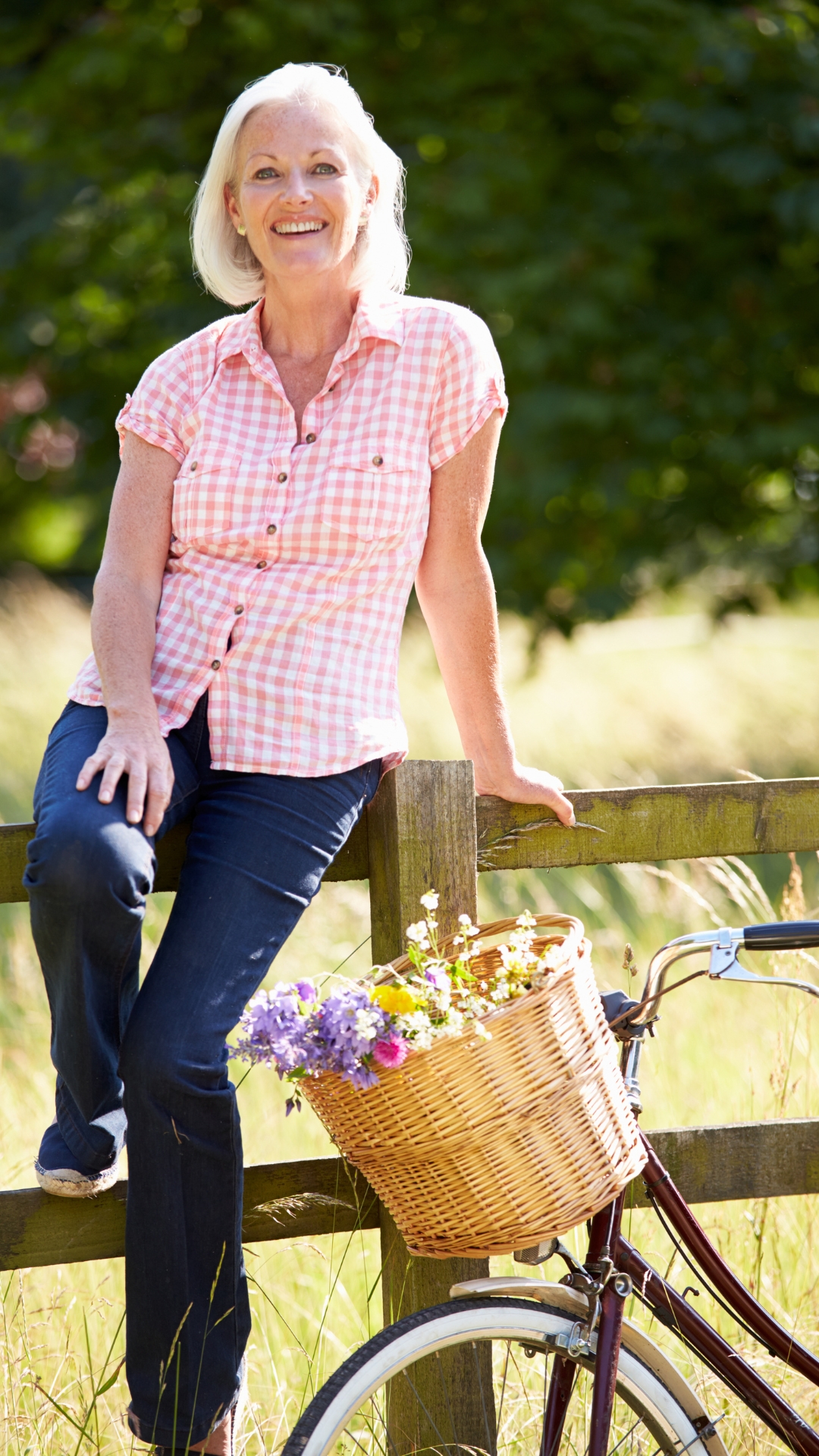
By taking some simple actions every day, you can reduce and reverse the inflammaging process and lead a healthier, more energetic life as you get older. You can maintain your independence and physical abilities, and prevent chronic diseases.
It’s not always easy, but by starting to make small changes to improve your sleep, becoming a bit more physically active, and eating more nutritious foods every day, you can make an impact on inflammaging and sarcopenia before it can make an impact on you.
If you want to learn about getting more help with reducing inflammation and feeling more energetic over 50, I invite you to book a Free Health Discovery Info Call with me to discuss.
References
1 – Franceschi, C., Capri, M., Monti, D., Giunta, S., Olivieri, F., Sevini, F., Panourgia, M. P., Invidia, L., Celani, L., Scurti, M., Cevenini, E., Castellani, G. C., & Salvioli, S. (2007). Inflammaging and anti-inflammaging: a systemic perspective on aging and longevity emerged from studies in humans. Mechanisms of aging and development, 128(1), 92–105. https://doi.org/10.1016/j.mad.2006.11.016
2 – Huynh, Hahn. (2018, August). What is the relationship between aging, nutrition, and inflammaging? University of British Columbia Department of Pathology and Laboratory Medicine Magazine. https://file.pathology.ubc.ca/Newsletter_web_Summer2018/What_%20is_the_Relationship_between_AGING.html
3 – Harvard Health Publishing. (2020, April 1). Understanding acute and chronic inflammation. https://www.health.harvard.edu/staying-healthy/understanding-acute-and-chronic-inflammation
4 – Cannon, R. and Cooper, O. (2020, September 17). Inflammaging: The Side Effect of Age You Haven’t Heard of. https://www.research.colostate.edu/healthyagingcenter/2020/09/17/inflammaging-the-side-effect-of-age-you-havent-heard-of/
5 – Li, J., Lee, D. H., Hu, J., Tabung, F. K., Li, Y., Bhupathiraju, S. N., Rimm, E. B., Rexrode, K. M., Manson, J. E., Willett, W. C., Giovannucci, E. L., & Hu, F. B. (2020). Dietary Inflammatory Potential and Risk of Cardiovascular Disease Among Men and Women in the U.S. Journal of the American College of Cardiology, 76(19), 2181–2193. https://doi.org/10.1016/j.jacc.2020.09.535 https://pubmed.ncbi.nlm.nih.gov/33153576/
6 – Santilli, V., Bernetti, A., Mangone, M., & Paoloni, M. (2014). Clinical definition of sarcopenia. Clinical cases in mineral and bone metabolism : the official journal of the Italian Society of Osteoporosis, Mineral Metabolism, and Skeletal Diseases, 11(3), 177–180. https://www.ncbi.nlm.nih.gov/pmc/articles/PMC4269139/
7 – Strasser, B., Wolters, M., Weyh, C., Krüger, K., & Ticinesi, A. (2021). The Effects of Lifestyle and Diet on Gut Microbiota Composition, Inflammation and Muscle Performance in Our Aging Society. Nutrients, 13(6), 2045. https://doi.org/10.3390/nu13062045 https://www.ncbi.nlm.nih.gov/pmc/articles/PMC8232643/
8 – Lavin, K. M., Perkins, R. K., Jemiolo, B., Raue, U., Trappe, S. W., & Trappe, T. A. (2020). Effects of aging and lifelong aerobic exercise on basal and exercise-induced inflammation. Journal of applied physiology (Bethesda, Md. : 1985), 128(1), 87–99. https://journals.physiology.org/doi/full/10.1152/japplphysiol.00495.2019
9 – Haider, S., Grabovac, I., & Dorner, T. E. (2019). Effects of physical activity interventions in frail and prefrail community-dwelling people on frailty status, muscle strength, physical performance and muscle mass-a narrative review. Wiener Klinische Wochenschrift, 131(11-12), 244–254. https://doi.org/10.1007/s00508-019-1484-7 https://www.ncbi.nlm.nih.gov/pmc/articles/PMC6570667/
10 – Tabung, F. K., Smith-Warner, S. A., Chavarro, J. E., Fung, T. T., Hu, F. B., Willett, W. C., & Giovannucci, E. L. (2017). An Empirical Dietary Inflammatory Pattern Score Enhances Prediction of Circulating Inflammatory Biomarkers in Adults. The Journal of nutrition, 147(8), 1567–1577. https://doi.org/10.3945/jn.117.248377 https://www.ncbi.nlm.nih.gov/pmc/articles/PMC5525108/
11 – National Institute on Aging. (2019, November 27). What do we know about diet and prevention of Alzheimer’s disease? https://www.nia.nih.gov/health/what-do-we-know-about-diet-and-prevention-alzheimers-disease
12 – Więckowska-Gacek, A., Mietelska-Porowska, A., Wydrych, M., & Wojda, U. (2021). Western diet as a trigger of Alzheimer’s disease: From metabolic syndrome and systemic inflammation to neuroinflammation and neurodegeneration. Ageing research reviews, 70, 101397. Advance online publication. https://doi.org/10.1016/j.arr.2021.101397
13 – National Institute on Aging. (2019, September 12). Poor sleep in middle age linked to late-life Alzheimer’s-related brain changes. https://www.nia.nih.gov/news/poor-sleep-middle-age-linked-late-life-alzheimers-related-brain-changes
14 – Bilodeau, K. (2021, May 11). 5 inflammation-fighting food swaps. https://www.health.harvard.edu/blog/5-inflammation-fighting-food-swaps-2021051022570
15 – Johns Hopkins Medicine. (n.d.). The Science of Sleep: Understanding What Happens When You Sleep. https://www.hopkinsmedicine.org/health/wellness-and-prevention/the-science-of-sleep-understanding-what-happens-when-you-sleep
16 – National Institute on Aging. (2020, November 3). A Good Night’s Sleep. https://www.nia.nih.gov/health/good-nights-sleep
17 – Bautmans, I., Salimans, L., Njemini, R., Beyer, I., Lieten, S., & Liberman, K. (2021). The effects of exercise interventions on the inflammatory profile of older adults: A systematic review of the recent literature. Experimental gerontology, 146, 111236. https://doi.org/10.1016/j.exger.2021.111236 https://pubmed.ncbi.nlm.nih.gov/33453323/
18 – National Institute on Aging. (2018, September 24). Preventing Alzheimer’s Disease: What Do We Know? https://www.nia.nih.gov/health/preventing-alzheimers-disease-what-do-we-know
19 – Jadczak, A. D., Makwana, N., Luscombe-Marsh, N., Visvanathan, R., & Schultz, T. J. (2018). Effectiveness of exercise interventions on physical function in community-dwelling frail older people: an umbrella review of systematic reviews. JBI database of systematic reviews and implementation reports, 16(3), 752–775. https://doi.org/10.11124/JBISRIR-2017-003551 https://pubmed.ncbi.nlm.nih.gov/29521871/
20 – National Institute on Aging. (2021, January 29). Four Types of Exercise Can Improve Your Health and Physical Ability. https://www.nia.nih.gov/health/four-types-exercise-can-improve-your-health-and-physical-ability
21 – Harvard Health Publishing. (2015, April 16). Benefits of flexibility exercises. https://www.health.harvard.edu/staying-healthy/benefits-of-flexibility-exercises
22 – Brazier, Y. (2020, December 10). How much protein does a person need? Medical News Today. https://www.medicalnewstoday.com/articles/196279
23 – Health Canada. (2006, June 29). Reference Values for Macronutrients. Dietary Reference Intakes. https://www.canada.ca/en/health-canada/services/food-nutrition/healthy-eating/dietary-reference-intakes/tables/reference-values-macronutrients-dietary-reference-intakes-tables-2005.html
24 – Health Canada. (2020, October 14). Eat Protein Foods. Canada’s Food Guide. https://food-guide.canada.ca/en/healthy-eating-recommendations/make-it-a-habit-to-eat-vegetables-fruit-whole-grains-and-protein-foods/eat-protein-foods/
25 – Harvard T. H. Chan School of Public Health. (n.d.). Healthy Eating Plate. The Nutrition Source. https://www.hsph.harvard.edu/nutritionsource/healthy-eating-plate/
26 – Office of Dietary Supplements. (2021, March 29). Folate. https://ods.od.nih.gov/factsheets/Folate-HealthProfessional/
27 – National Institutes of Health Office of Dietary Supplements.(2021, March 26). Omega-3 Fatty Acids. https://ods.od.nih.gov/factsheets/Omega3FattyAcids-HealthProfessional/
